Presenting a taste of ancient luxury.
Shop here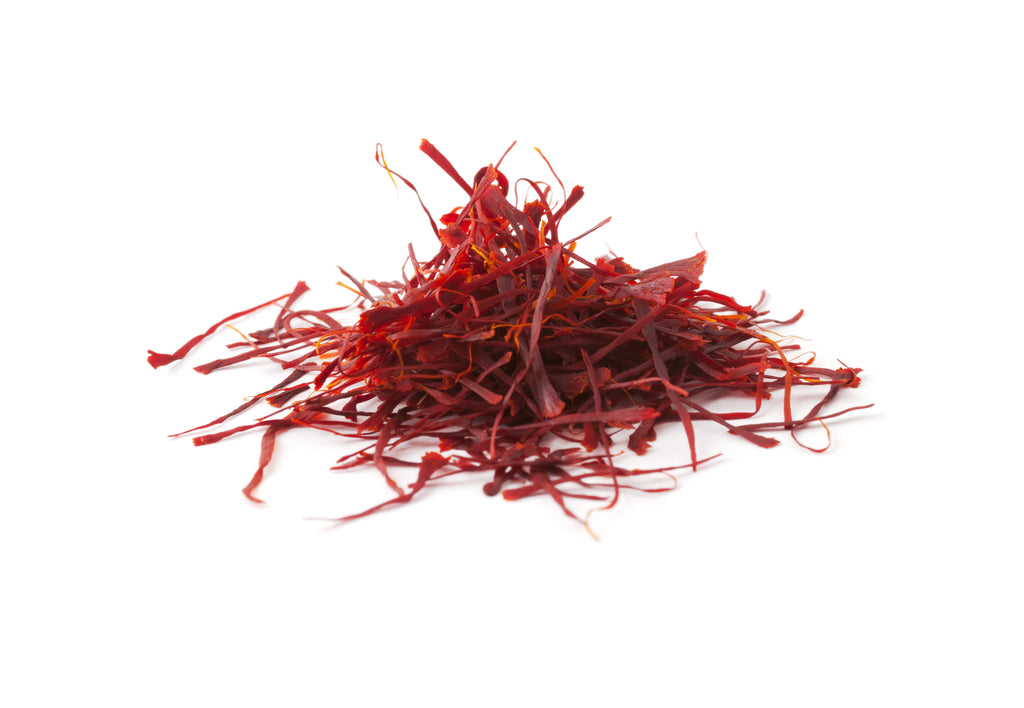
Saffron is a culinary wonder.
Cultivation and use of saffron reach back over 3,500 years and span many cultures and civilizations, from the royal kitchens of the Persian Empire cooking up extravagant meals, trade among the merchants of Venice, use as an herbal medicinal remedy throughout history, and saffron baths by Cleopatra of Egypt, to today's use by renowned chefs across the globe.
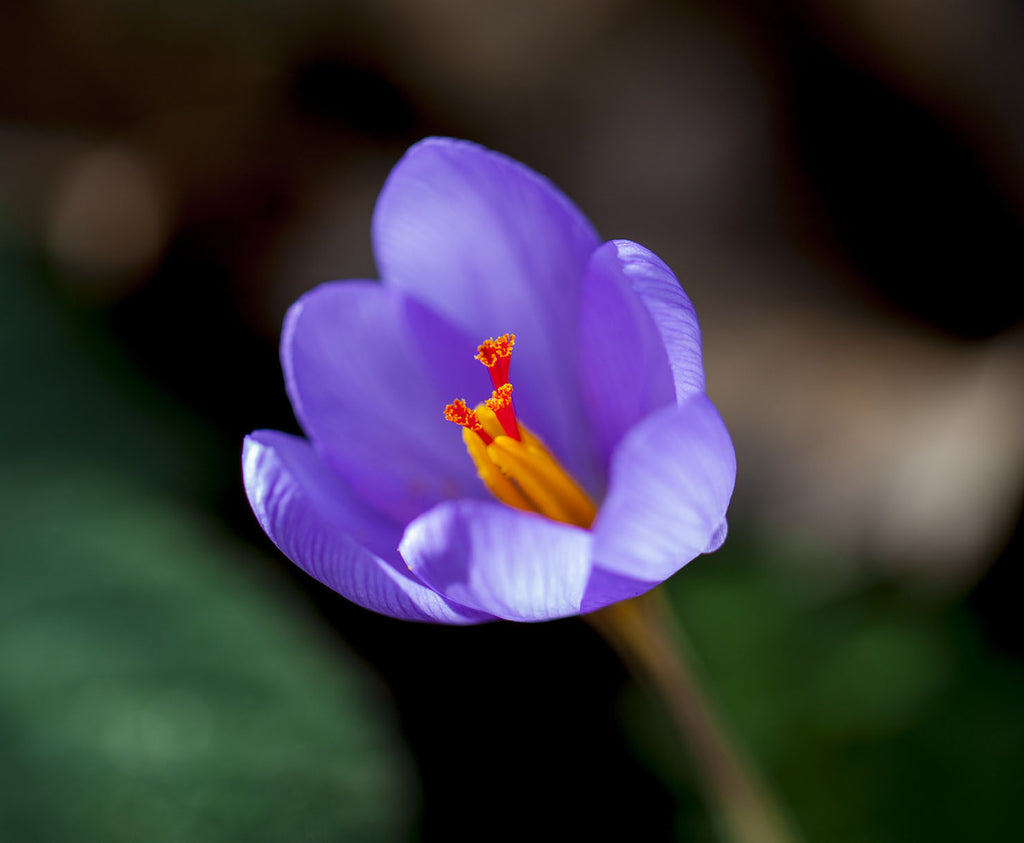
It is the GOLD of cusine.
Saffron is derived from the flower Crocus Sativus. Each one of these flowers holds 3 red stigmas, which are dried to become what we know as the spice Saffron. 14,000 flowers, cultivated by hand, produces an ounce of Saffron and thus can be worth more per ounce than gold.

Saffron is a culinary wonder.
Cultivation and use of saffron reach back over 3,500 years and span many cultures and civilizations, from the royal kitchens of the Persian Empire cooking up extravagant meals, trade among the merchants of Venice, use as an herbal medicinal remedy throughout history, and saffron baths by Cleopatra of Egypt, to today's use by renowned chefs across the globe.
It is the GOLD of cusine.
Saffron is derived from the flower Crocus Sativus. Each one of these flowers holds 3 red stigmas, which are dried to become what we know as the spice Saffron. 14,000 flowers, cultivated by hand, produces an ounce of Saffron and thus can be worth more per ounce than gold.

Our premium saffron provides the extraordinaire
so you can energize many types of dishes with color, lush flavor, and a fragrant aroma.
Shop the aromaAll while empowering farmers and bringing back the "fair" in the trade of Saffron!
Today, 85% to 90% of the 250 tons of saffron produced worldwide is cultivated in Iran, the undisputed capital for premium saffron.
Yet, farmers are not getting a fair share for their hard work, and visibility to origin of production is not getting credited. Quality of saffron is also being replaced with diluted versions. Through Fair Trade, we are working to help slow down, and ultimately reverse, the damaging impact of the current state of Saffron trade on poverty, while bringing pure and premium Saffron to our costumers. We are helping our farmers sustain their local economies. Why not, when we can do better?
When you see our product with the Fair Trade Certified™ seal by Fair Trade USA, you can be assured of rigorous social and economic standards that empower producers and the communities behind the products.
All while empowering farmers and bringing back the "fair" in the trade of Saffron!
Today, 85% to 90% of the 250 tons of saffron produced worldwide is cultivated in Iran, the undisputed capital for premium saffron.
Yet, farmers are not getting a fair share for their hard work, and visibility to origin of production is not getting credited. Quality of saffron is also being replaced with diluted versions. Through Fair Trade, we are working to help slow down, and ultimately reverse, the damaging impact of the current state of Saffron trade on poverty, while bringing pure and premium Saffron to our costumers. We are helping our farmers sustain their local economies. Why not, when we can do better?
When you see our product with the Fair Trade Certified™ seal by Fair Trade USA, you can be assured of rigorous social and economic standards that empower producers and the communities behind the products.
Let's cultivate peace, one product at a time,
by using our purchasing power to keep skills and communities alive.
Here are testimonials from our farm family, Arghavan Dashte Payeezan
As we cultivate peace, let's also explore our interconnectedness!
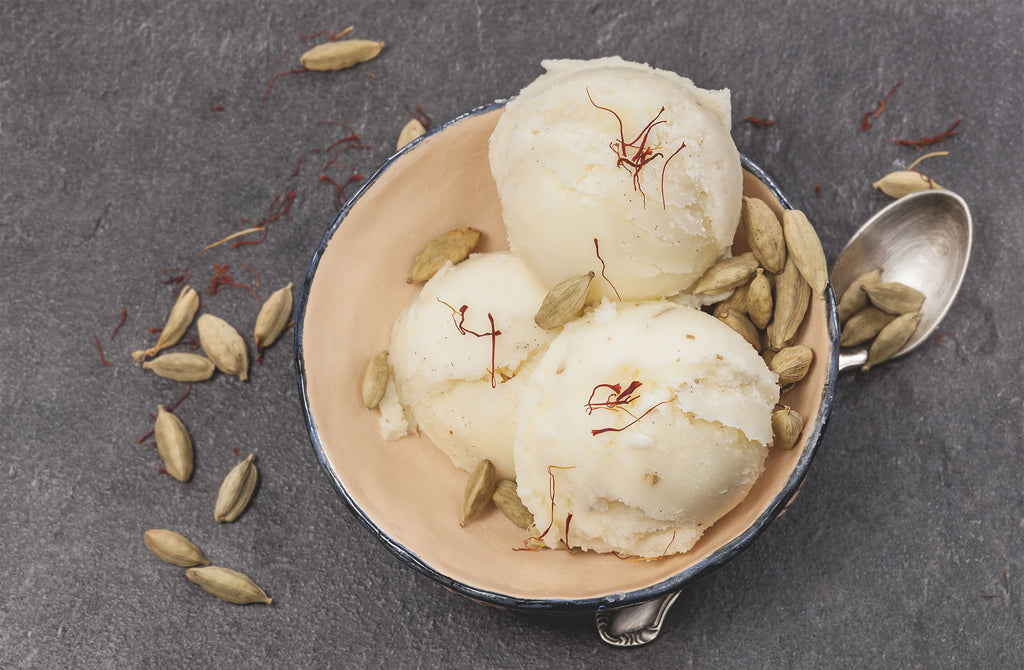
Set aside the history and elegance of saffron. What is left?
For a night out on the town, family fun and dining, a formal business meeting, or just an everyday casual bite, sharing a meal is the most communal and binding thing in almost every place in the world.
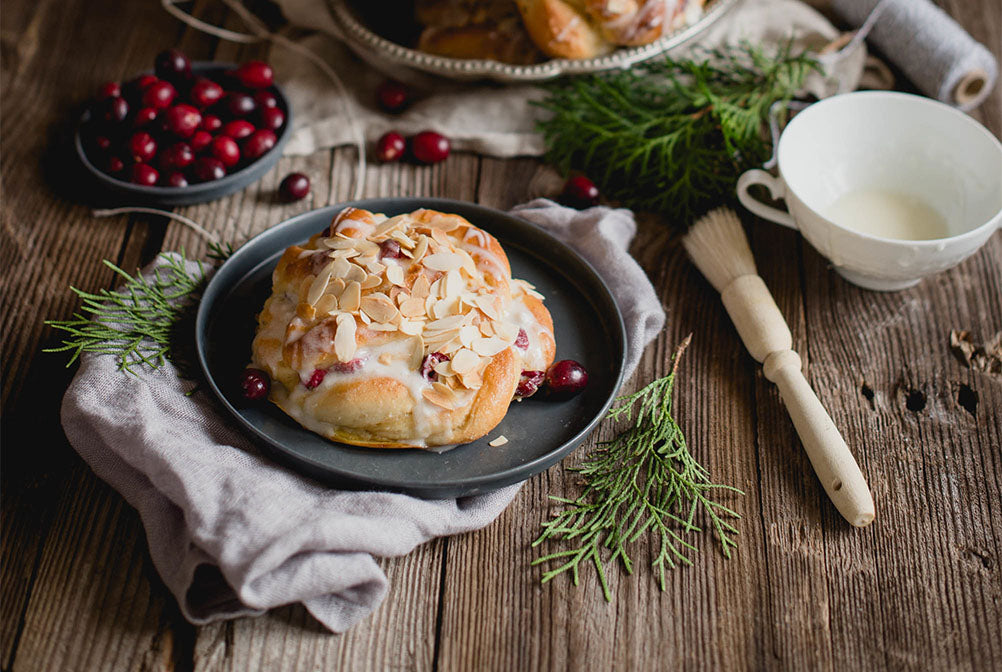
Sharing a meal is universal!
Hospitality is a huge aspect of the Iranian/Persian heritage. When guests arrive, they are considered to be people who bring light and bliss to the house and thus their comfort is of utmost importance and is often nurtured through meals. It would be a rare occasion to leave a Persian home with an empty stomach. Iranian hospitality is very similar to Southern hospitality here in the United States, encompassing a way of life. Both cultures have a unique friendliness and would agree that there are no strangers, just friends we haven't met.

Set aside the history and elegance of saffron. What is left?
For a night out on the town, family fun and dining, a formal business meeting, or just an everyday casual bite, sharing a meal is the most communal and binding thing in almost every place in the world.
Sharing a meal is universal!
Hospitality is a huge aspect of the Iranian/Persian heritage. When guests arrive, they are considered to be people who bring light and bliss to the house and thus their comfort is of utmost importance and is often nurtured through meals. It would be a rare occasion to leave a Persian home with an empty stomach. Iranian hospitality is very similar to Southern hospitality here in the United States, encompassing a way of life. Both cultures have a unique friendliness and would agree that there are no strangers, just friends we haven't met.

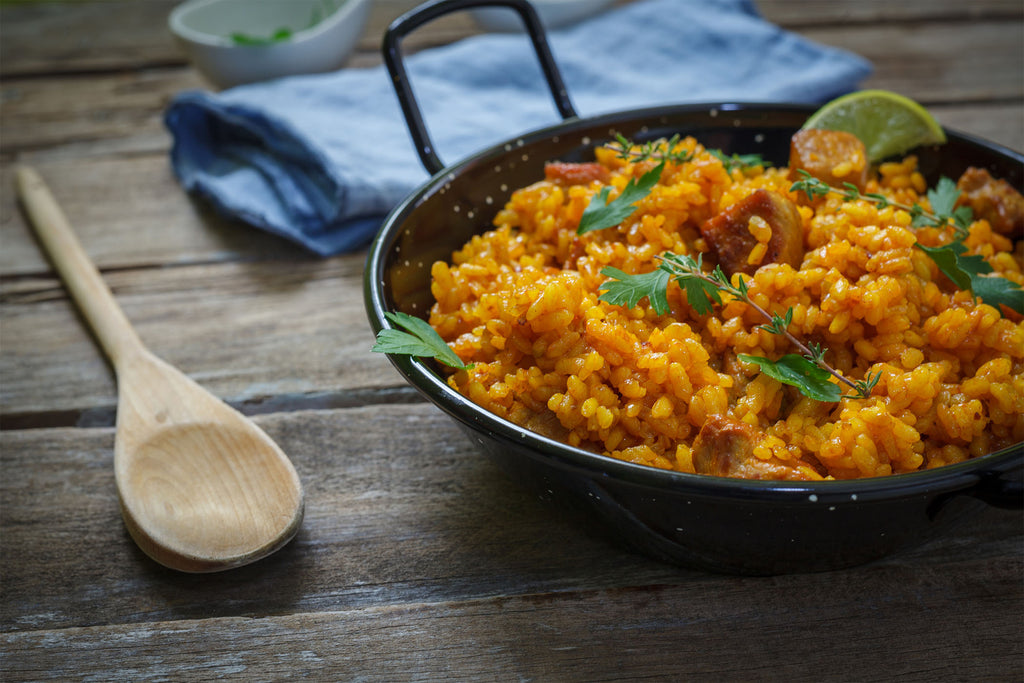
We invite you to join the fun!
Show us your hospitality skills with Pishkesh Saffron as we explore different recipes and get creative. Cook up a dish for your guests and send us your photos for a chance to be featured on our social media.

We invite you to join the fun!
Show us your hospitality skills with Pishkesh Saffron as we explore different recipes and get creative. Cook up a dish for your guests and send us your photos for a chance to be featured on our social media.

